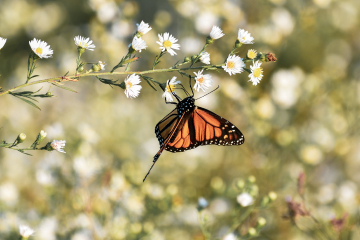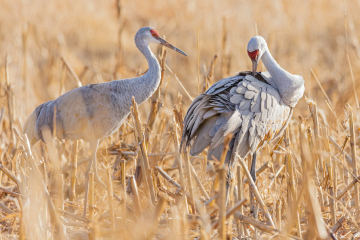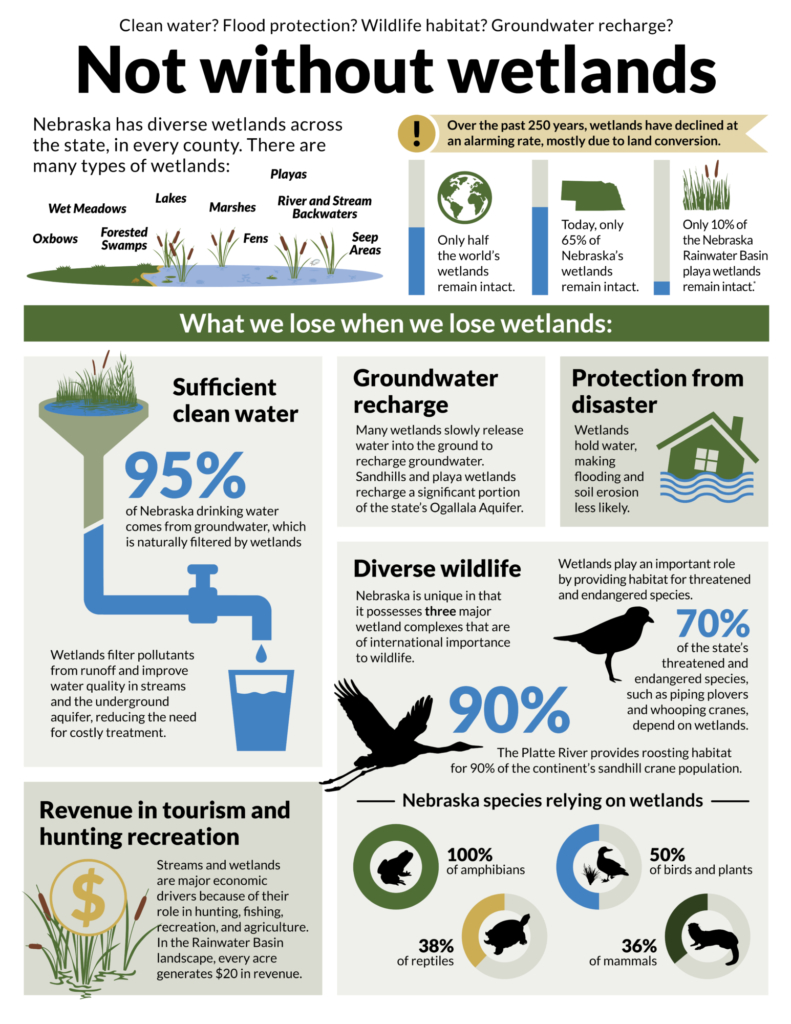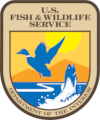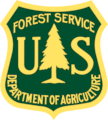Wetland Management Tools For Landowners
Nebraska's wetland resources include marshes, lakes, rivers, reservoirs and ponds, wet meadows, and playas. These wetlands vary greatly in appearance as you cross the state of Nebraska but they all play an important role in the ecosystem. The Rainwater Basin Joint Venture works to protect and restore these wetlands but restoration is not enough to maintain their natural function. Management actions are critical in making sure that Nebraska's wetlands continue to provide benefits like improved water quality, wildlife habitat, reducing flooding, recreation, and groundwater recharge.
Wetland Management
Habitat Improvements In The Rainwater Basin
Many landowners with privately-owned wetlands are interested in improving habitat for wildlife on their property. In the Rainwater Basin region, wetlands once dominated the landscape and the plants within them produced food for the millions of migratory waterbirds that passed through. Approximately 240 species of plants grow in and adjacent to Nebraska’s Rainwater Basin (RWB) wetlands. These wetland plant communities can be varied and dynamic depending on the amount of disturbance and existing plant composition.
In RWB wetlands, bare soil, which may include mudflats and shallow open water areas, is an early successional state that typically develops into a productive moist-soil plant community. Moist-soil dominated wetland plant communities are desirable because of the large amount of seeds produced, which are a high-quality waterfowl food. Some of the plants comprising this community include smartweeds, barnyard grass, spikerush, coreopsis, and beggarticks. Late successional plant communities, such as stands dominated by invasive cattail, river bulrush, or reed canarygrass, provide fewer seeds that waterfowl feed on, and encroach on open water areas that are needed for roosting and loafing.
Does My Wetland Need Management?
A wide array of management tools are available to manipulate RWB wetland vegetation communities, including grazing, prescribed fire, herbicide application, mechanical tree removal, disking, rototilling, and haying/shredding/mowing. The Landowner Guide To Wetland Management document provides information to assist landowners in conducting a self-evaluation to determine if their wetlands are ready for management to enhance wetland function.
Rainwater Basin Wetland Plants
There are more than 240 species of plants that grow in and adjacent to Rainwater Basin wetlands. These plants form communities that can be varied and dynamic. The communities are influenced by the interactions of a number of factors, including soil type, water depth, duration of ponding, weather and climate (deluge and drought), fire, grazing, human alterations to the wetland and the watershed, and many other factors. Moist-soil dominated wetland plant communities are desirable because of the large amount of seeds produced, which are a high quality waterfowl food. Some common moist-soil plants include smartweed, barnyard grass, spikerush, plains coreopsis, and beggarticks. Bare soil, which may include mudflats and/or shallow open water areas, is also desirable.
There are several species of plants in the Rainwater Basin that are considered to be invasive and can greatly alter the plant communities. The most prevalent and harmful invasive species include reed canarygrass, hybrid cattail, river bulrush, and phragmites. These undesirable plant species provide fewer seeds for waterfowl to feed on, and they encroach on open water areas that are needed for waterfowl roosting and loafing. Wetland management decisions are primarily driven by the presence of these invasive species. While management is mostly determined by these undesirable plant species, there are several desirable plant species that are also managed for. These species include smartweed, rice cutgrass, and barnyard grass. Therefore, we feel that is it necessary for every wetland landowner in the Rainwater Basin to be able to identify these seven species: reed canarygrass, hybrid cattail, river bulrush, smartweed, rice cut grass, barnyard grass, and phragmities.
Additional Resources
Common Forbs and Shrubs of Nebraska
Wetland Plant ID
The following tabs provide a short description of each plant species mentioned above as well as identifiable characteristics and photos to aid in field identification.
Distribution and Establishment
Smartweed is found across Nebraska and inhabits still or slow-moving marshes, swamps, and wetlands. It can grow underwater, float, or be emergent. It often forms dense colonies covering large areas.
Uses
Waterfowl and other wetland birds use the seeds as a food source.
Characteristics
Plant Height: 1-3 feet
Flowers: Bright pink in color
Leaf Blades: oblong leaves that are flat, with a blunt tip
Stems: smooth
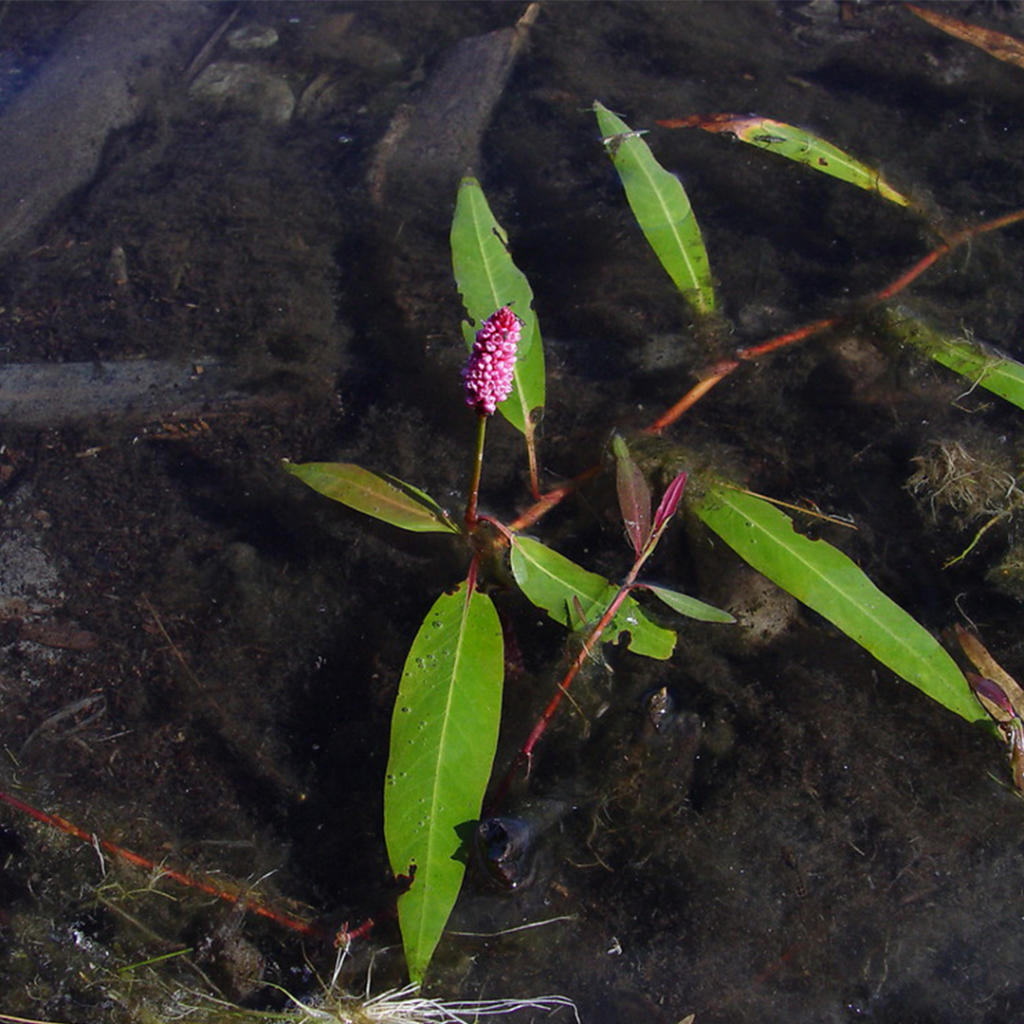
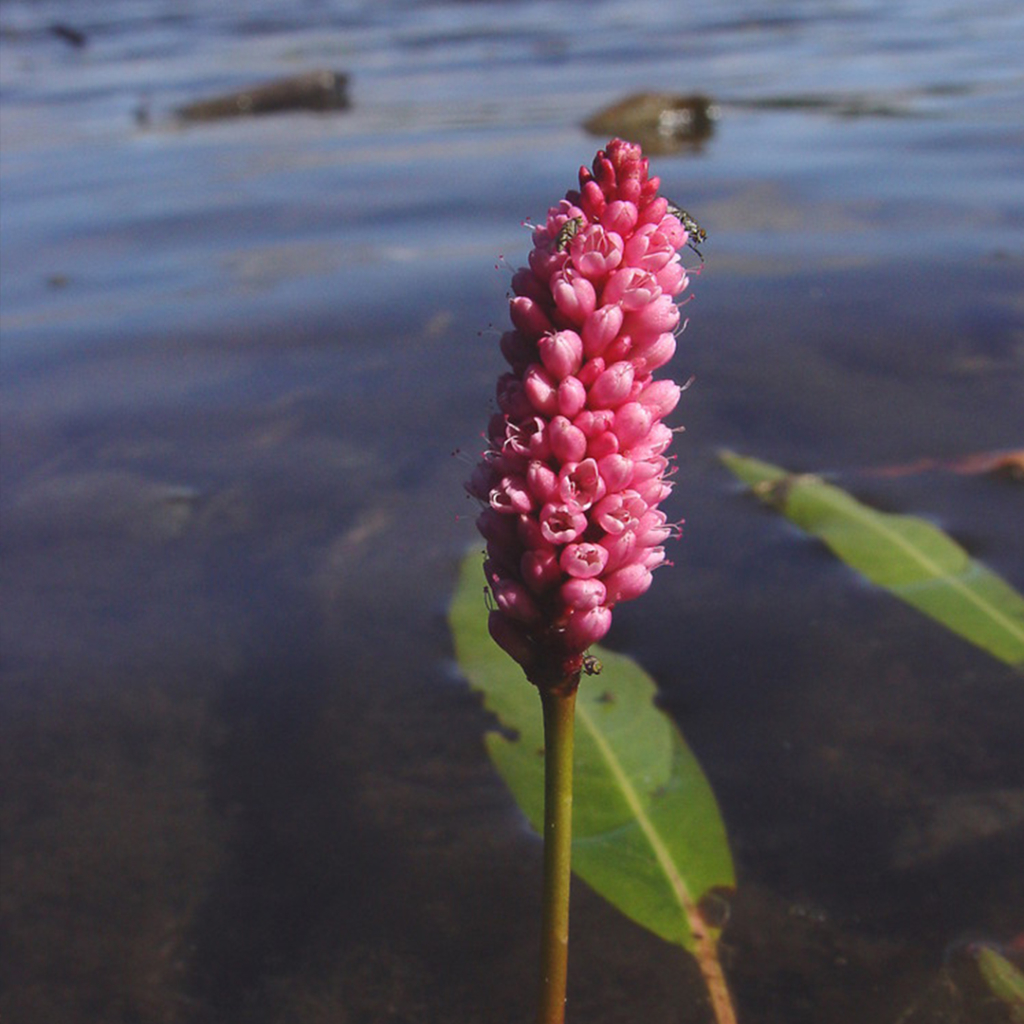
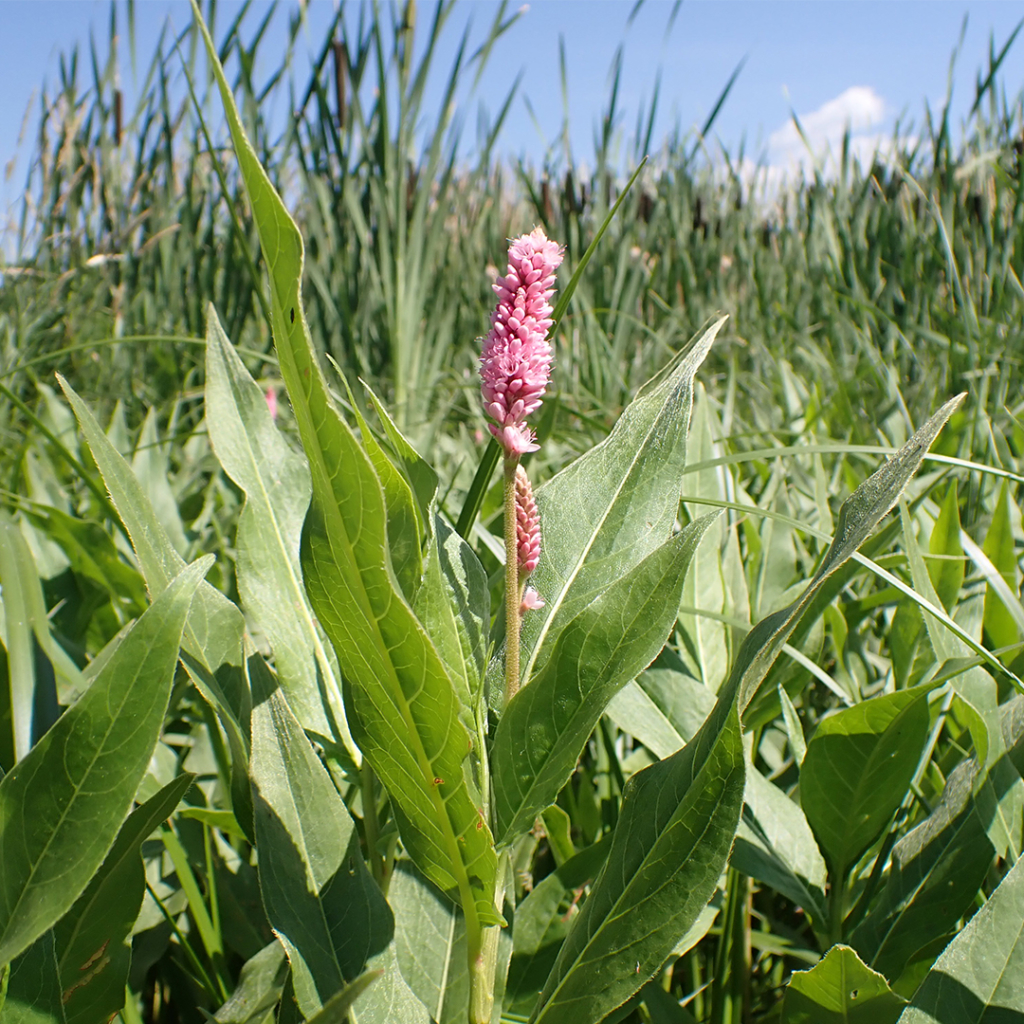
Distribution and Establishment
Rice cutgrass is a native cool season grass that develops slowly in spring, becoming more productive during the summer. Rice cutgrass is widespread across Nebraska. This grass can be quickly identified by its sharp leaves. It can be found in wet, sunny sites and is most common near wetlands and ponds.
Uses
Rice cutgrass is valuable for wildlife habitat, wetland restorations, and erosion control. The seeds also provide an important food source for waterfowl and shorebirds. It has a high forage value and is highly palatable. This species is well suited to moist soil management techniques where disturbance is promoted by grazing cattle.
Characteristics
Leaf Blades: sharp, coarse upper surface
Stems: yellowish green, hollow
Inflorescence: open panicle
Leaves: alternate along the stem
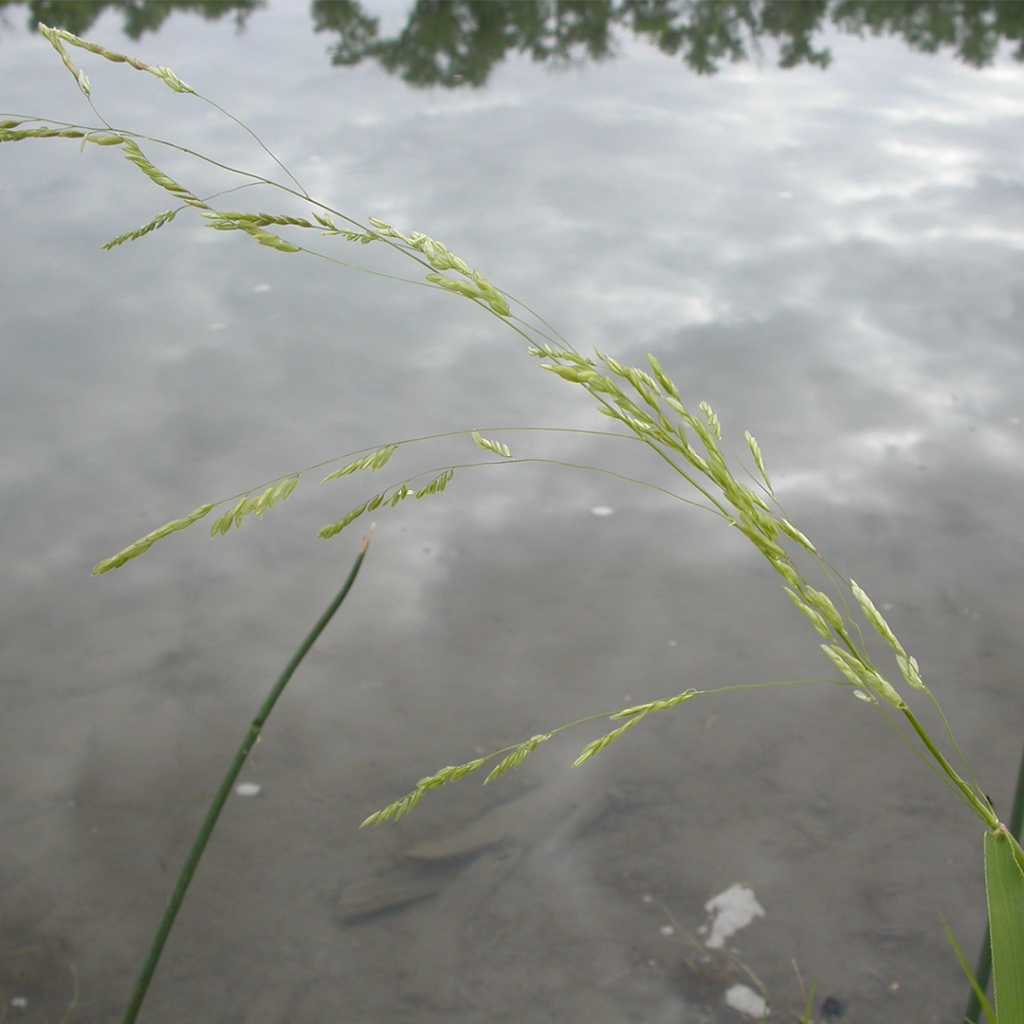
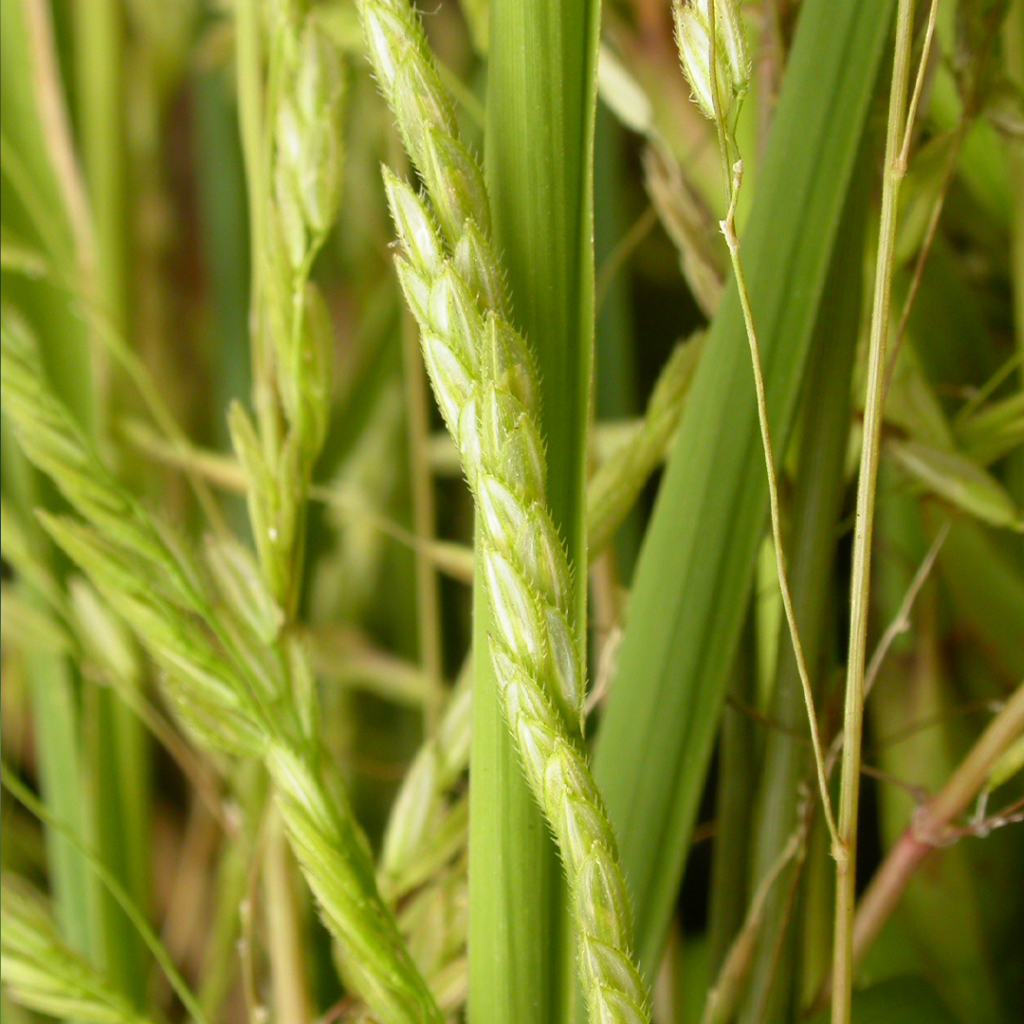
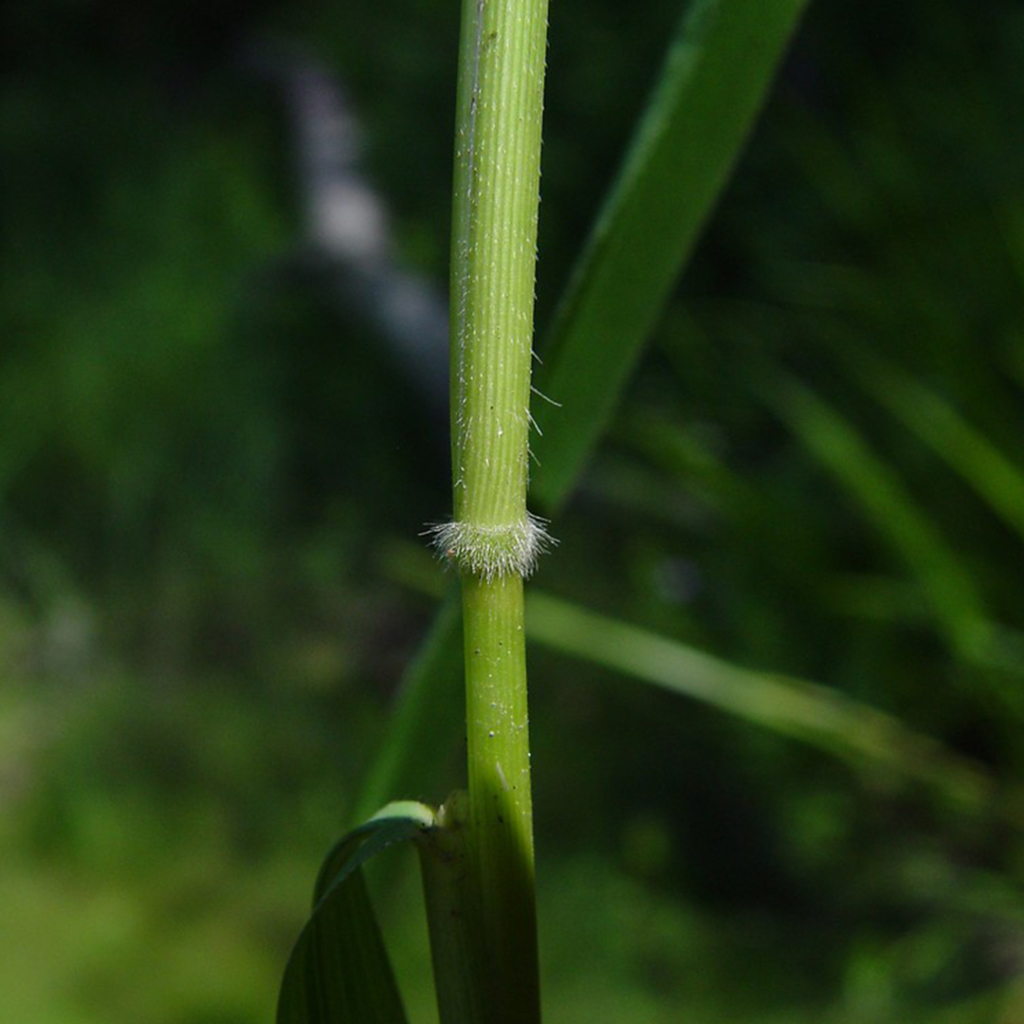
Distribution and Establishment
Barnyard grass is an annual, warm season grass that grows in moist disturbed areas.
Uses
It can provide an important food source for waterfowl and upland game birds.
Characteristics
Leaf Blades: flat (40 cm long)
Stems: lying along the ground, ascending (1.2 m tall)
Inflorescence: panicle (25 cm long)
Flowers: branches of densely clustered, knotlike flowers
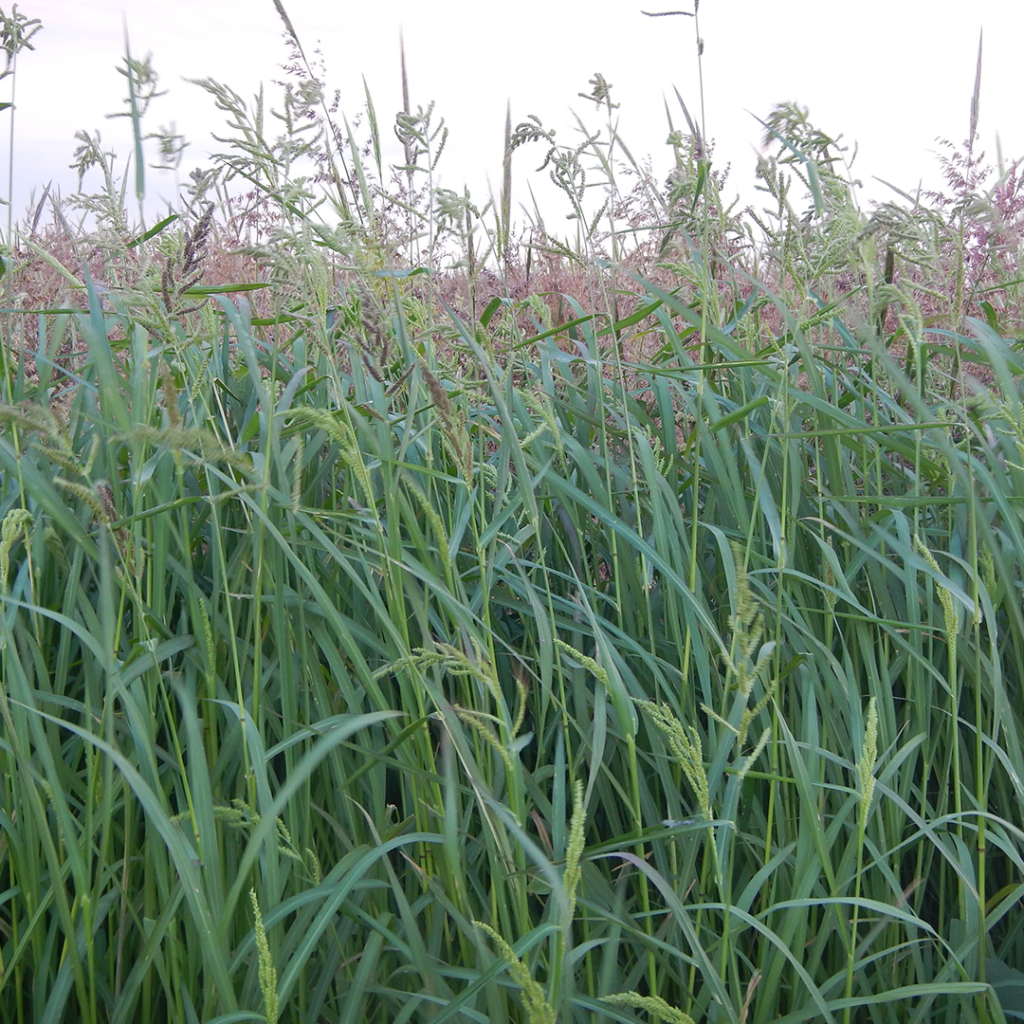
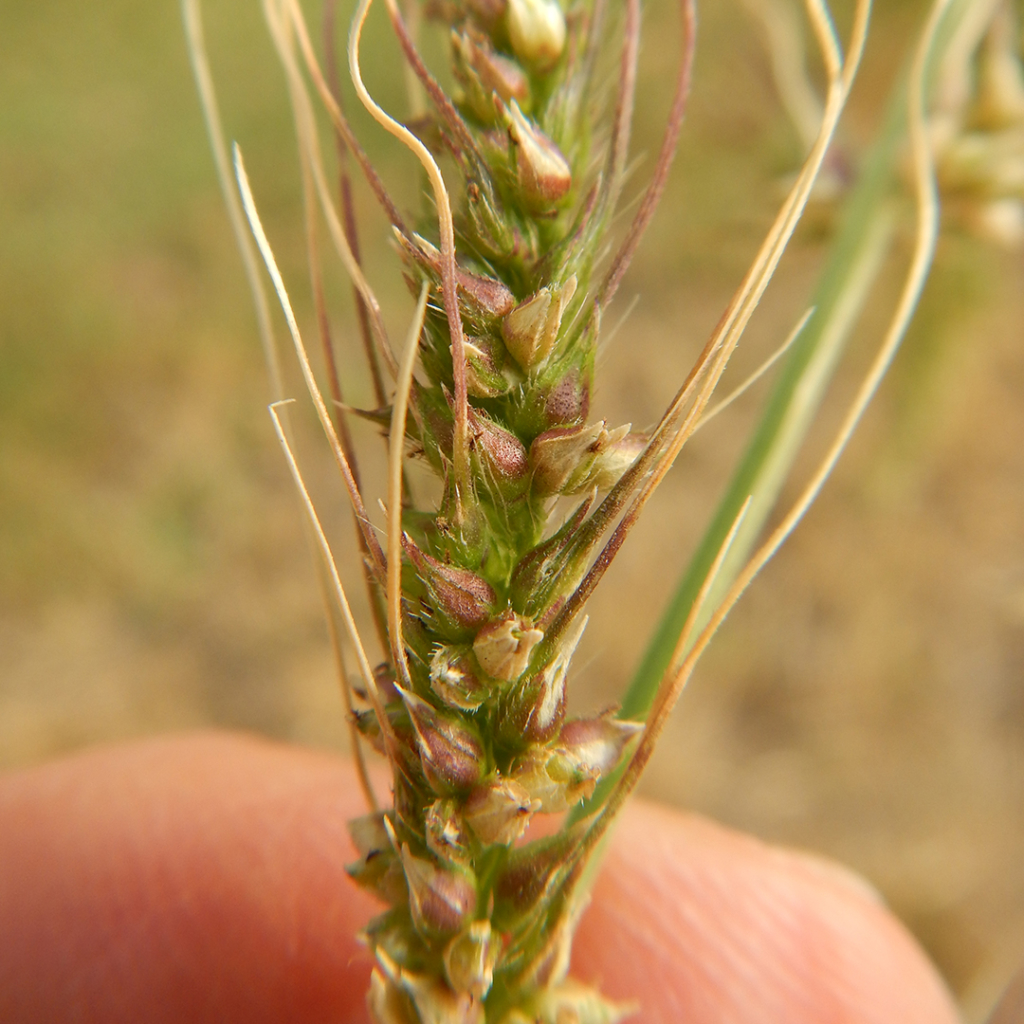
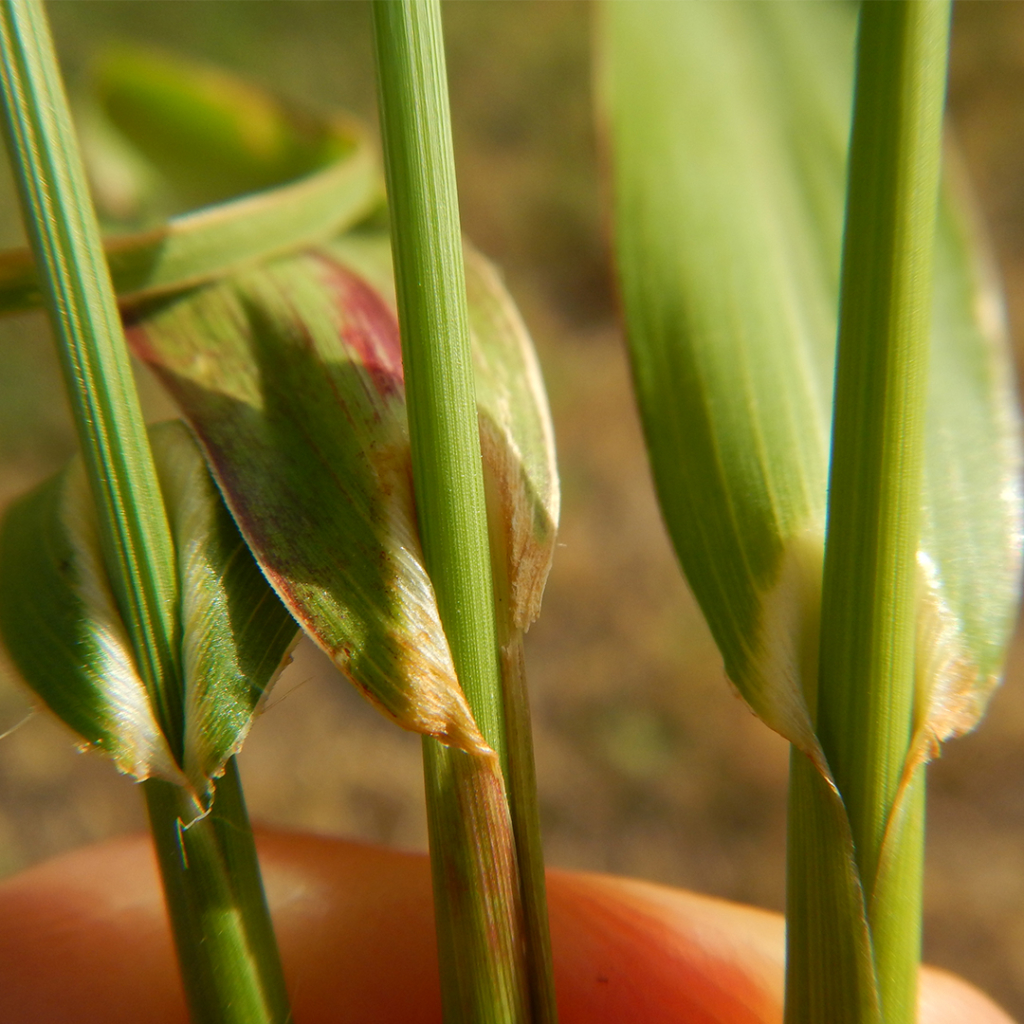
Distribution and Establishment
Reed canarygrass is native to most parts of Nebraska and is a cool-season grass that starts growth very early in the spring. . The introduced plants are more aggressive and can become a dominant, problematic weed. It prefers saturated soils and grows well in wetlands and along river banks.
Characteristics
Leaf Blades: flat or slightly keeled (45 cm long)
Rhizomes: large rhizomes enable the plant to grow in large bunches
Inflorescence: compact, narrow panicle (18 cm long)
Flowers: densely clustered single florets ranging from green to purple
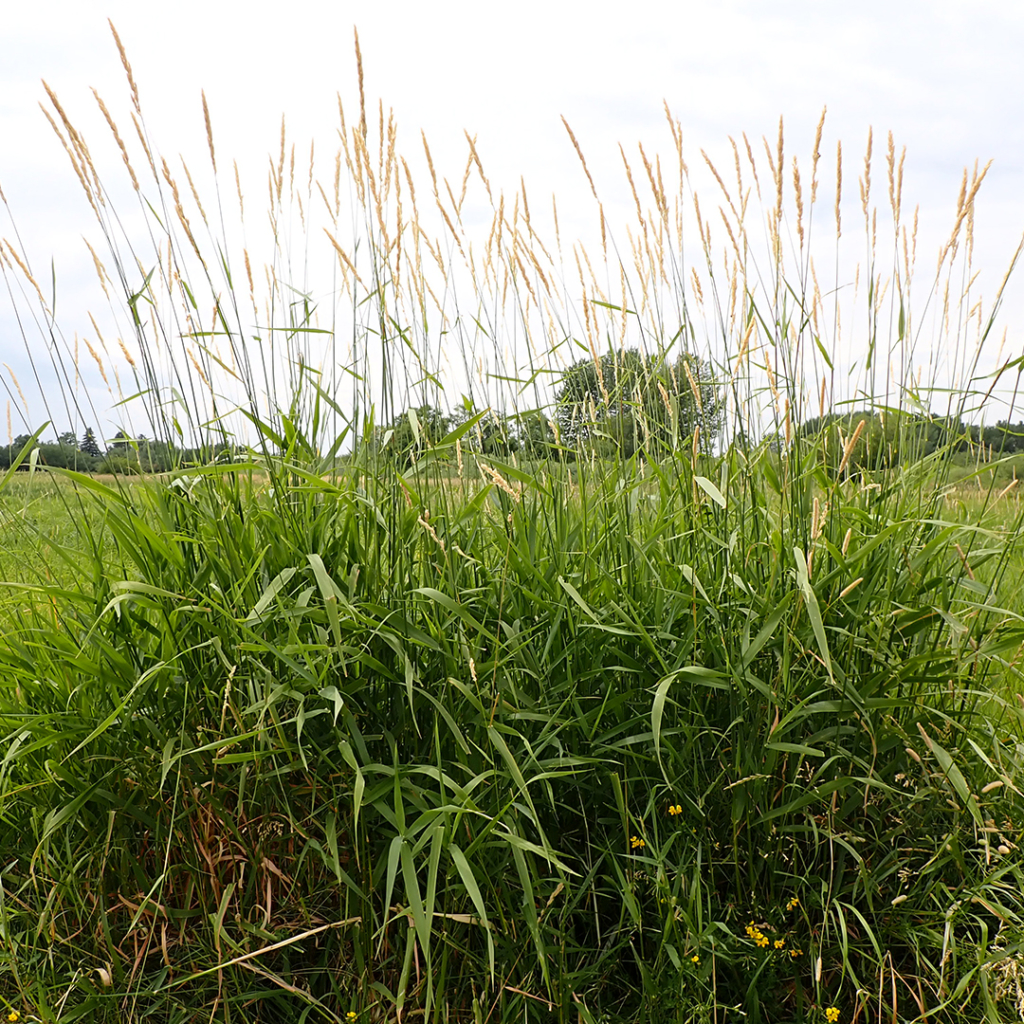
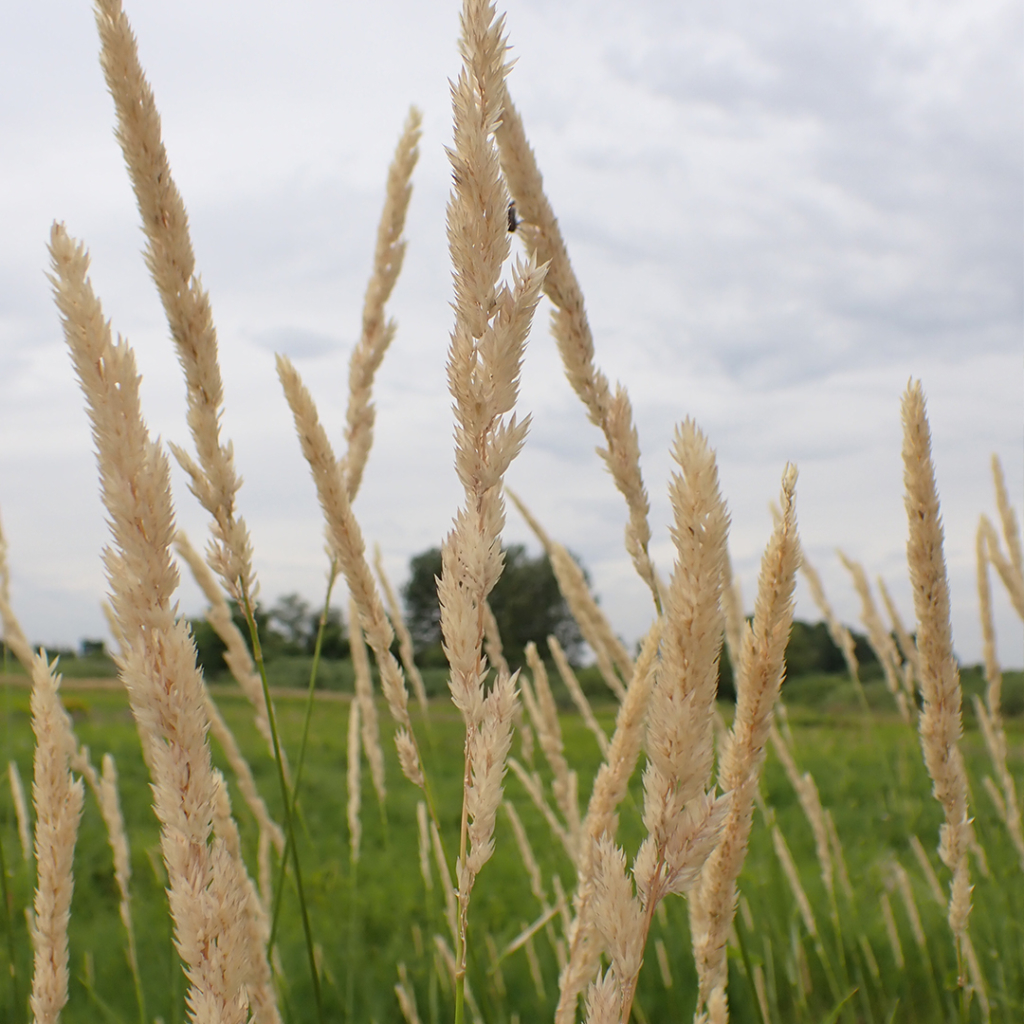
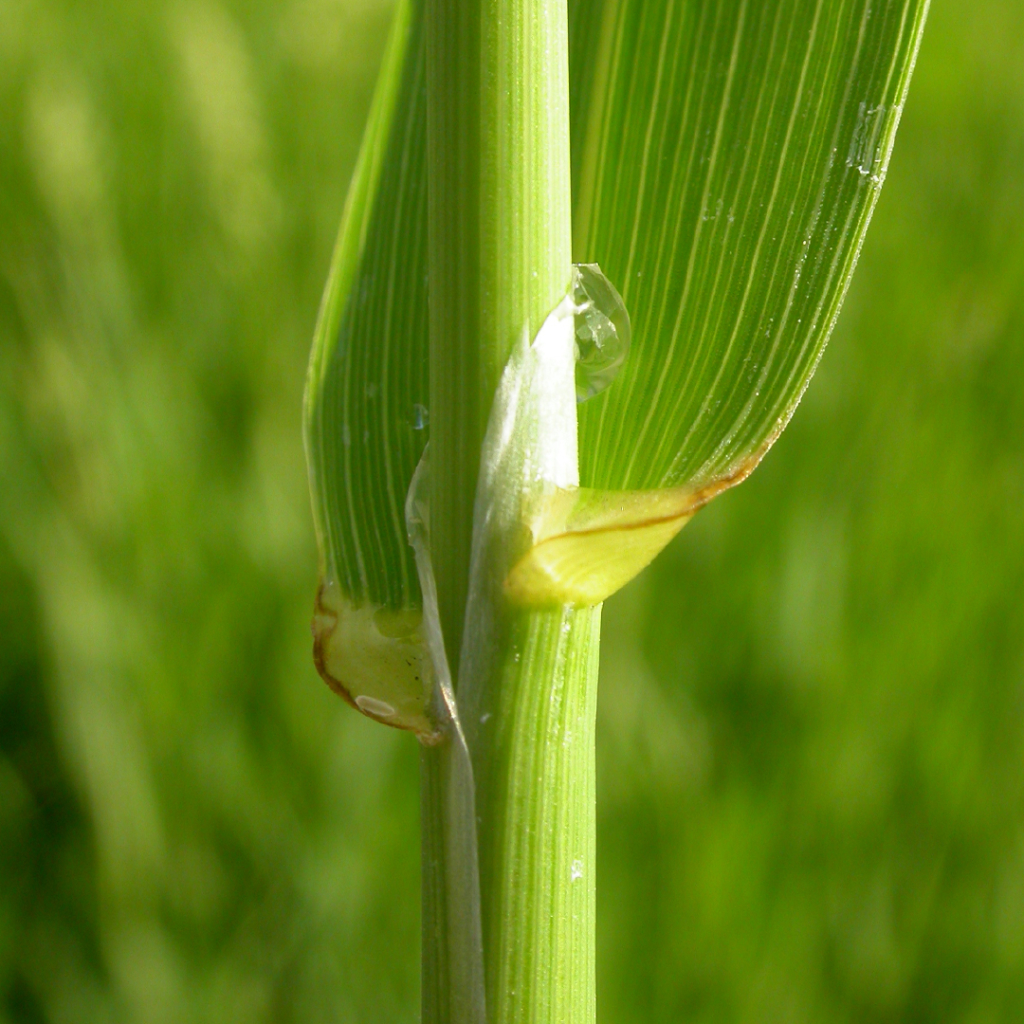
Distribution and Establishment
River bulrush is native to Nebraska and present across the state. It prefers marshes, wetlands, and wet meadows. It is often found in shallow water and can form large, dense stands.
Characteristics
Leaf Blades: flat or folded (30 cm long)
Rootstalks: creeping and horizontal
Stems: sharply triangular
Inflorescence: clusters of 1-4 spikelets
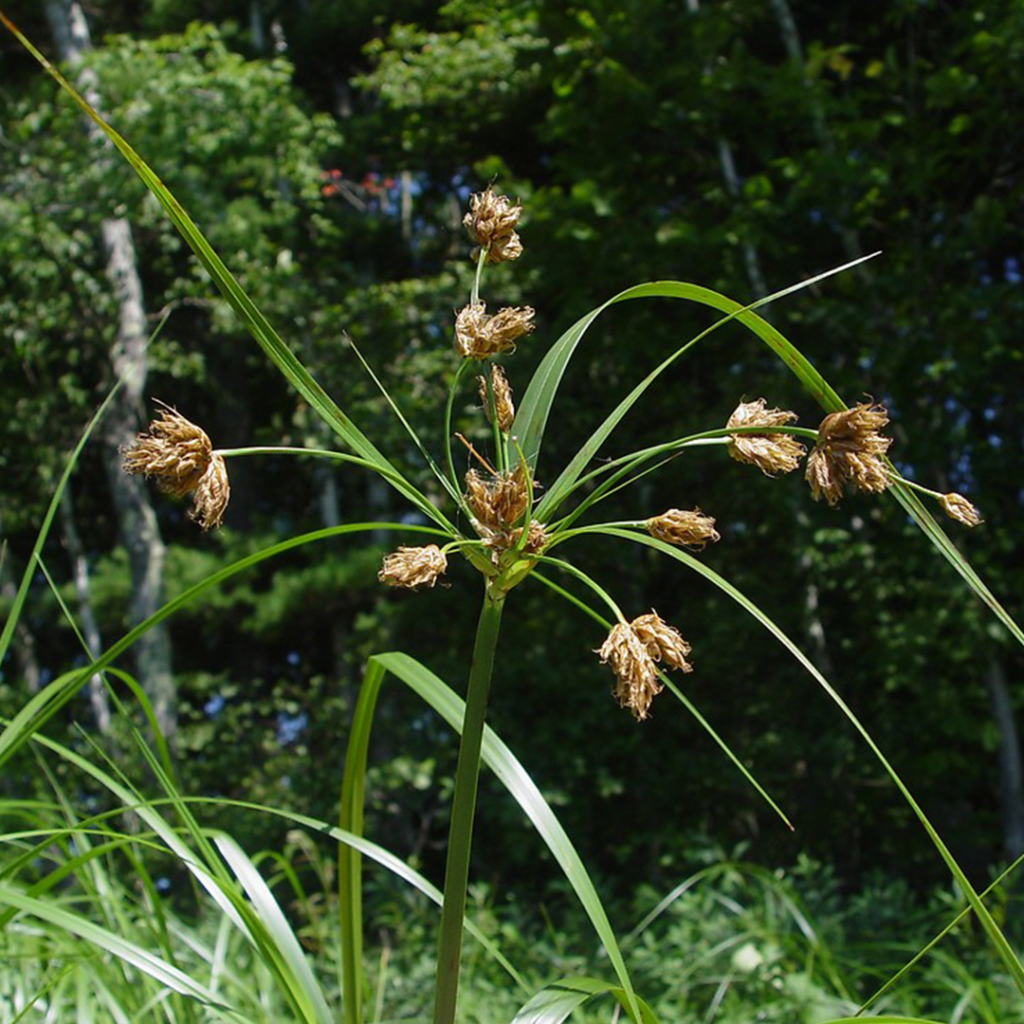
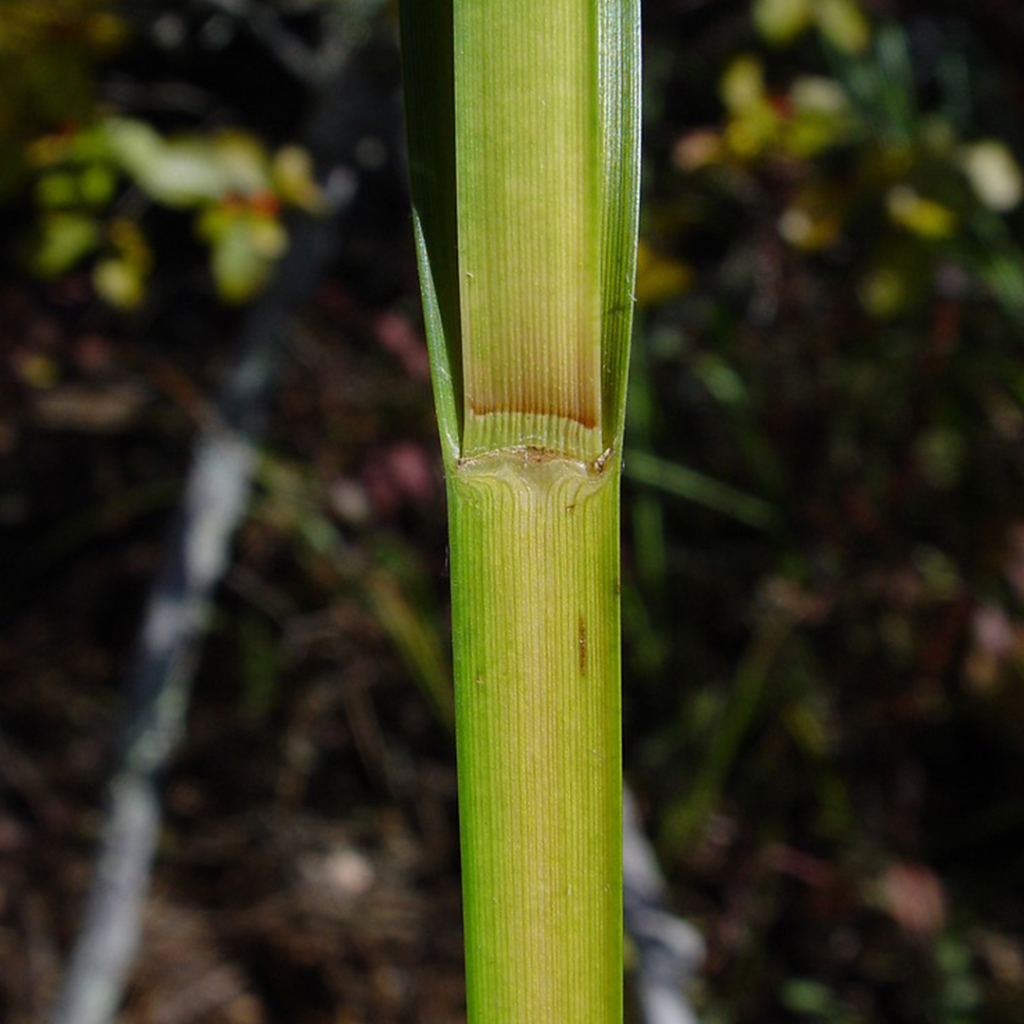
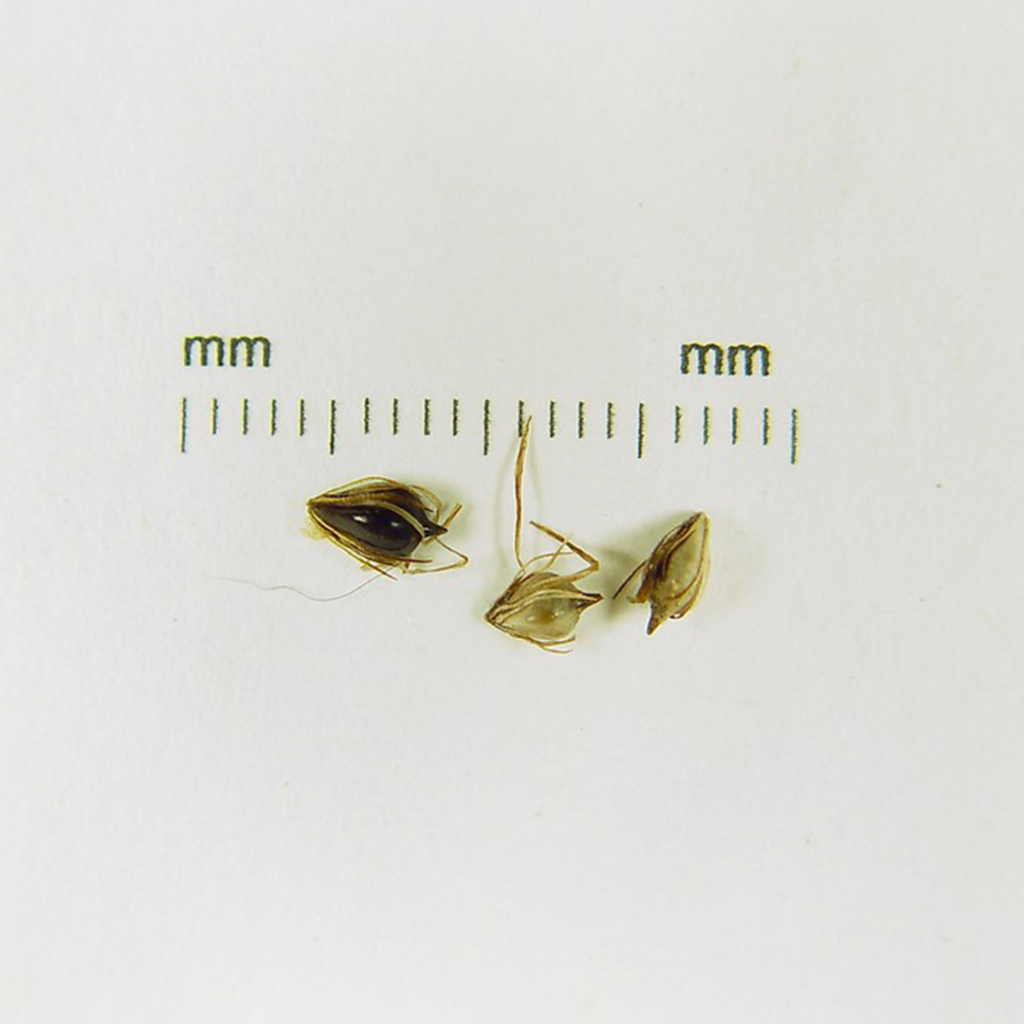
Distribution and Establishment
Hybrid cattail can be found across Nebraska. It prefers wet meadows, marshes, wetlands, and ditches. It is a perennial wetland plant that can reach 5-10 feet tall. It but can become the dominant species and out-compete native plants.
Characteristics
Leaf Blades: flat and linear (3 feet long)
Flowers: Numerous tiny flowers packed into a cylindrical spike
Seeds: tiny seeds, wind dispersed
Roots: reproduces vegetatively by underground rhizomes



Distribution and Establishment
Phragmites is found across Nebraska and forms dense patches in wet soil conditions. It grows along riverbanks and in wetlands, wet meadows, and ditches. It spreads rapidly and is classified as a noxious weed in Nebraska.
Characteristics
Leaf Blades: flat, tapering to a point (60 cm long)
Rhizomes: extensive and stout
Stems: round, hollow (5 meters tall)
Inflorescence: panicle, densely flowered (50 cm long)
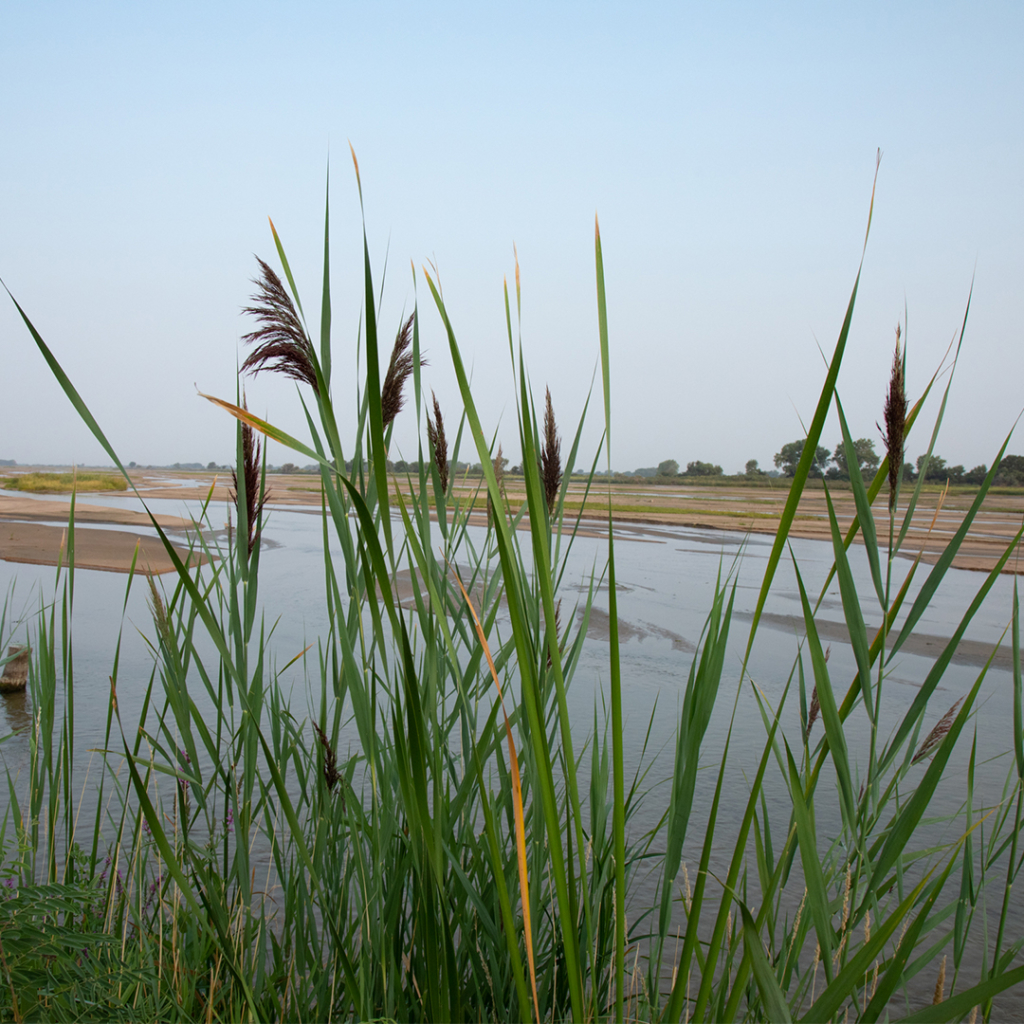
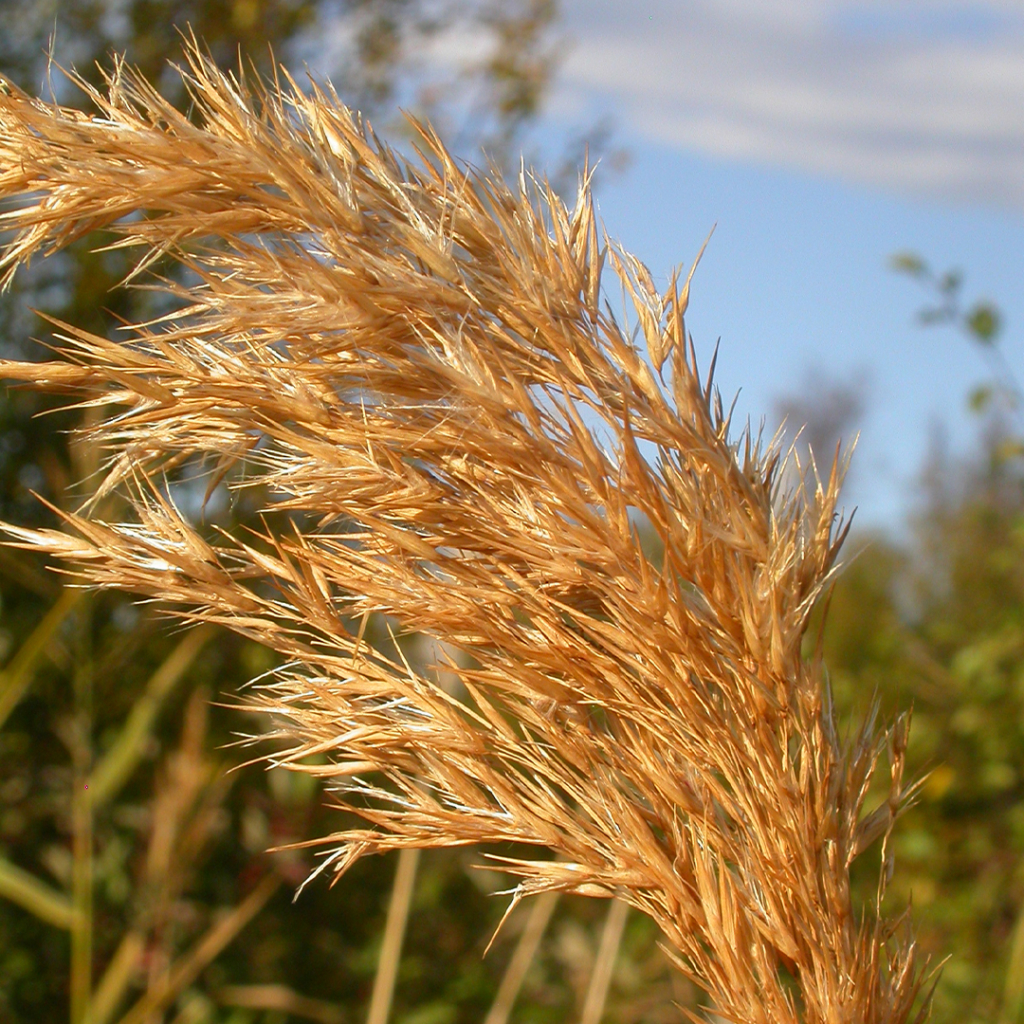
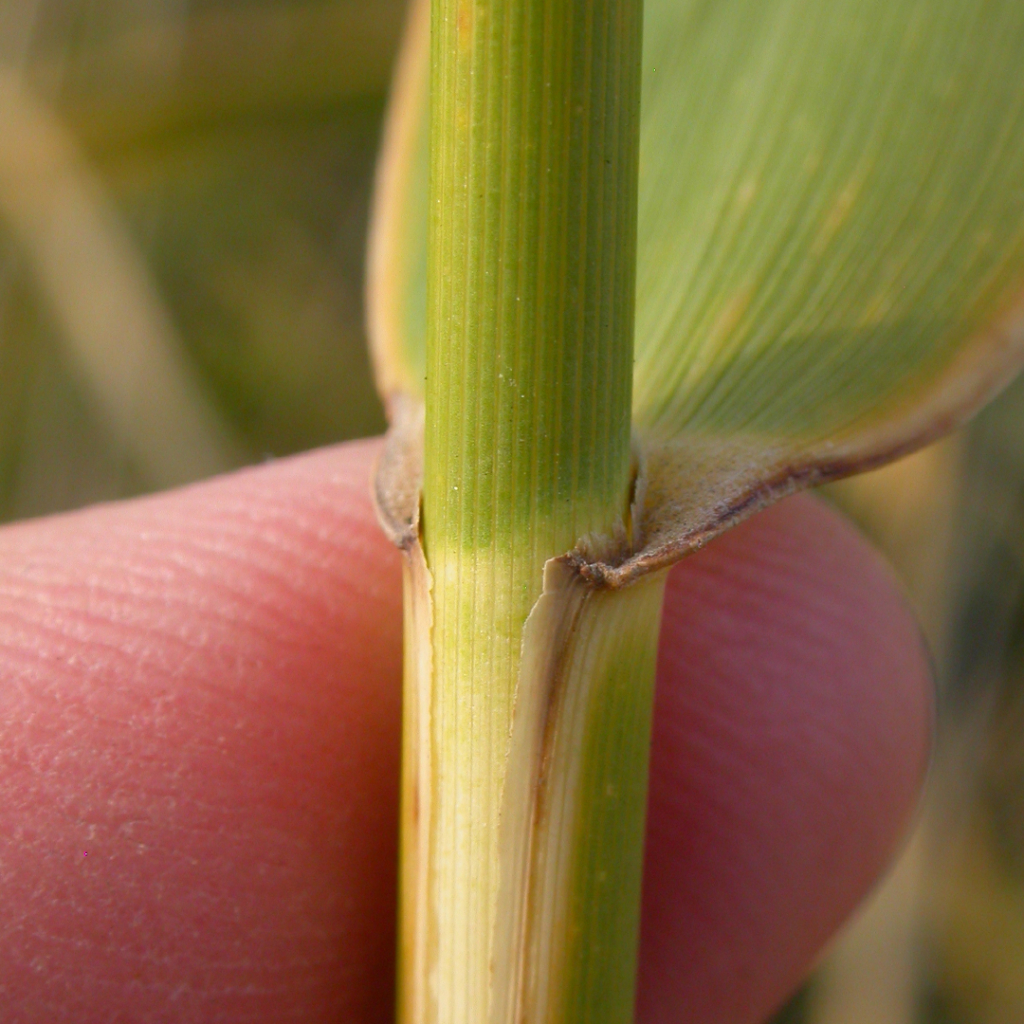
A wide array of management tools are available to manipulate Rainwater Basin wetland vegetation communities, including grazing, prescribed fire, herbicide application, disking, rototilling, haying/shredding/mowing, and water level manipulation. Additional resources for managing desirable/undesirable plants include:
- Wetland Management BMPs
- Using Grazing to Manage Your Wetlands
Cost-share programs are available to assist with wetland management within the Rainwater Basin. Please contact the Rainwater Basin Joint Venture for more information.
This tool has been drafted to assist wetland landowners in evaluating their wetland site to determine if/when wetland management is necessary. If you would like assistance in completing this document, please contact the RWBJV.
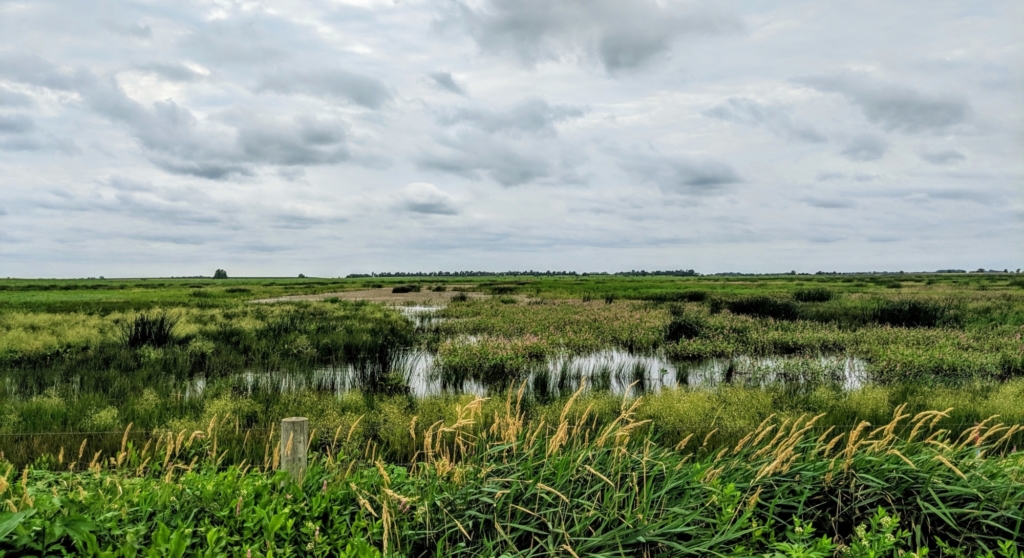
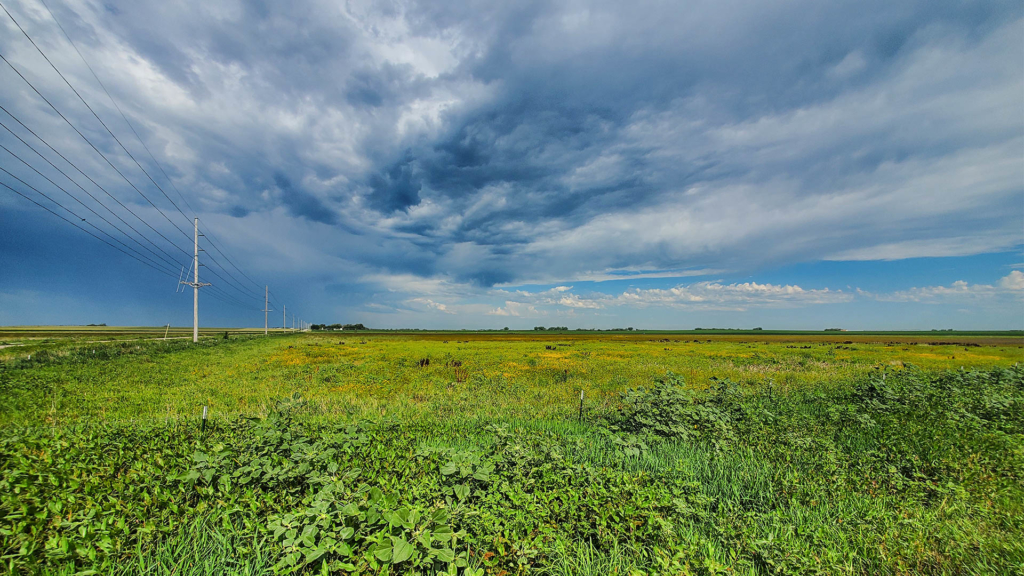
The Best Management Strategies document provides a summary of the more detailed publication Best Management Practices for Rainwater Basin Wetlands that was drafted by the Rainwater Basin Joint Venture Public Lands Workgroup. The Best Management Practices for Rainwater Basin Wetlands is a detailed publication that used monitoring data collected on public lands from 2009-2013 as part of a Structured Decision Making Project (hereafter referred to as the SDM Project) to investigate the effects of several management treatments on playa wetland plant communities in the Rainwater Basin Wetland Complex (RWB). This document, along with the more detailed publication, is not intended to be prescriptive, but rather to be a source of information for public land managers, private lands biologists, and private landowners interested in achieving the best possible wetland habitat conditions for the millions of wetland-dependent birds that rely on this region annually.
These links provide resources to help you use grazing to better manage your wetlands.
Grazing Rainwater Basin Wetlands
UNL Average Monthly Cash Rental Rates for Pasture
Example Grazing Lease Agreement (For reference only)
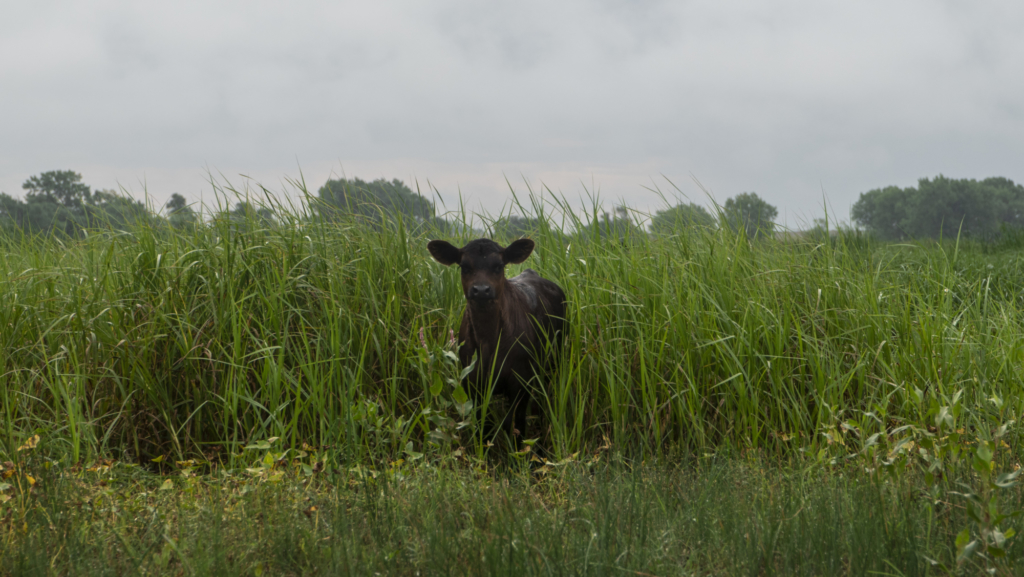
How Wetlands Function
For more information on how Wetlands function, please review the following documents/websites:
Contact Information
RWBJV – Vacant
NGPC – Private Lands Biologist Map
Contact for questions about wetland management strategies in the Rainwater Basin (Private Lands Biologist Map)
USFWS – Laurel Badura
Contact for questions about wetland management strategies in the Rainwater Basin or questions regarding sites in the Platte River or Loup River.
laurel_badura@fws.gov
308-440-1388
NRCS – Kristi Schleif
Contact for questions specific to NRCS conservation easements
Kristi.Schleif@usda.gov
402-747-2111 Ext 3
